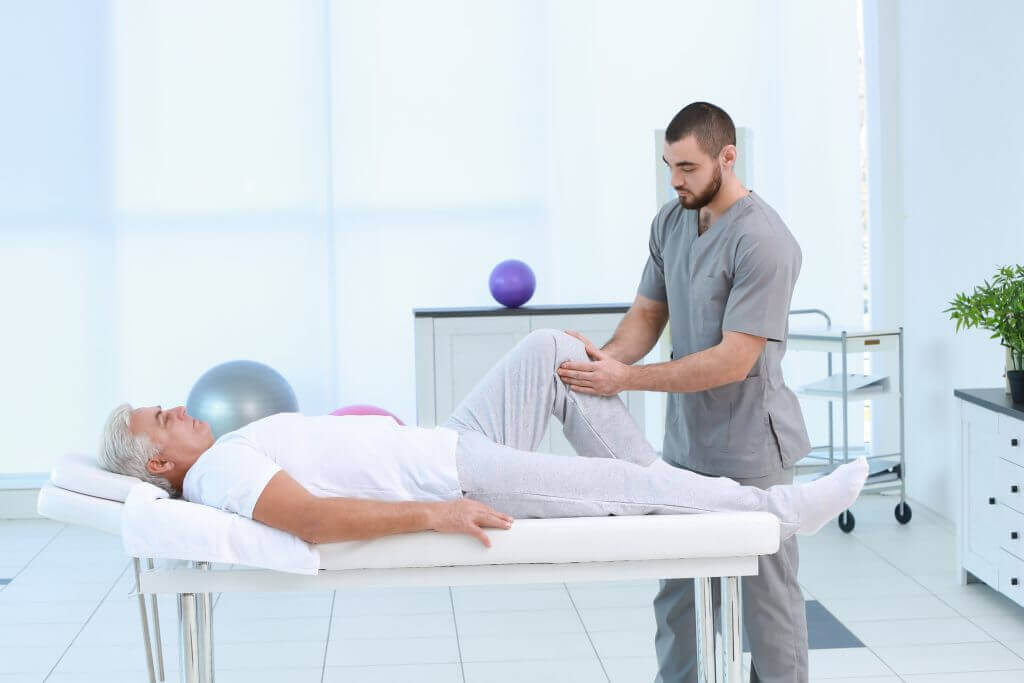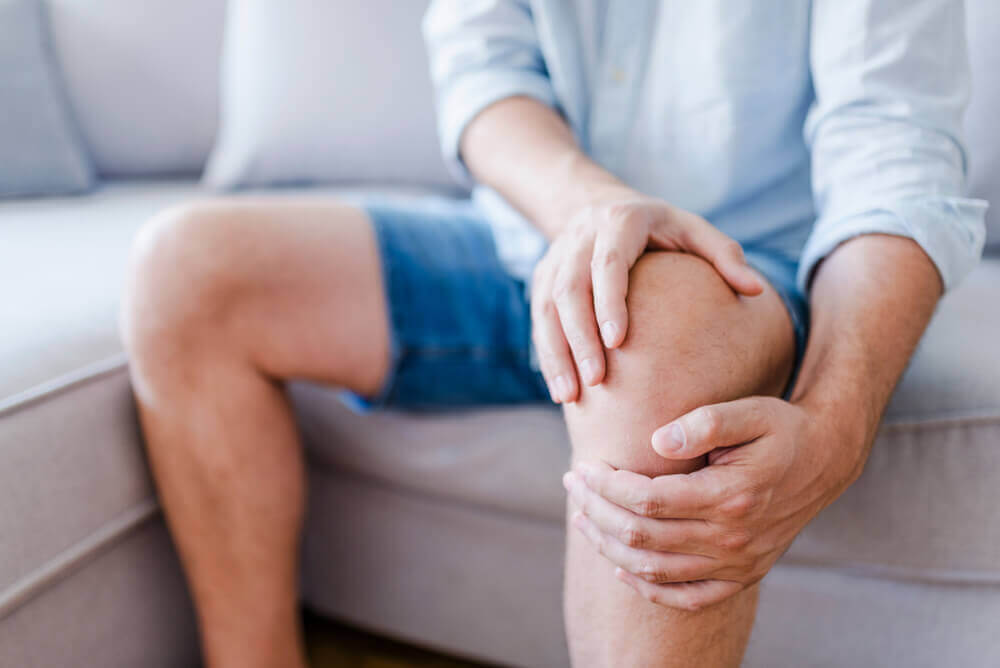
Arthritis is a painful condition affecting the body’s joints. Arthritis can vary in severity, from mild to severe, and affect a person at any age. Arthritis doesn’t have a cure but it doesn’t have to remain painful. It can be effectively managed.
There are over 100 different types of arthritis, however, three of the most common are osteoarthritis, rheumatoid arthritis, and gout.
What Are The Symptoms Of Arthritis?
The symptoms of arthritis vary among individuals. Although there are some common symptoms that are seen in most people with arthritis. These include:
- Pain
- Inflammation
- Swelling and redness
- Stiffness
- Reduced movement
There are other symptoms not associated with the joints that some people may experience with arthritis such as:
- Fatigue
- Skin issues
- Weight loss
- Malaise (feeling unwell)
How Effective Is Physiotherapy For Arthritis?
Managing your symptoms and looking after your joints are important aspects in the treatment of arthritis. Your physio will suggest a number of techniques to help ease your symptoms and reduce the impact that arthritis has on your life.
Arthritis is a degenerative condition and physiotherapy for arthritis aims to improve symptoms and quality of life for patients. Often you will begin to see a positive improvement after a few sessions. The main goals of physio for arthritis include the following:
- Increase your range of motion
- Reduce muscle and joint pain
- Reduce inflammation
- Strengthen muscles
- Improve muscle length
- Improve balance, proprioception (joint position sense) and mobility
- Improve movement quality with advice and movement education
- Regain and maintain movement in joints and soft tissues
- Reduce acute episodes of pain
What Are The Types Of Physiotherapy Treatments?
Your treatment for arthritis will depend on the joints affected, your goals, and any existing pain. Treatment may include are:
- A specific exercise program to correct muscle weakness around the affected joint
- A weight loss program if you’re overweight
- Joint mobilisation techniques
- Dry needling and massage to reduce local muscle pain
- Advice on hydrotherapy (water-based exercise)
- Taping and bracing
There are a number of techniques to deal with arthritis symptoms. One of the main measures you can take is learning to pace yourself. This can ensure that you don’t overstress your joints and aggravate pain or inflammation. Doing too much at once can continually provoke pain and reduce the effectiveness of treatment. Some of the measures you can take to pace yourself include:
- Determine how far you can walk without aggravating symptoms
- Take a break when doing housework, don’t do it all at once
- Avoid sitting for too long
- Manage stress and anxiety
- Get enough sleep
Physiotherapy for arthritis also provides education on how to perform certain exercises and daily tasks without pain; it focuses on identifying problems and gives you strategies for self-care at home. You may have goals that you want to achieve, such as standing up without pain. Your physiotherapist can work with you to develop a plan to achieve your goals. The key to a successful outcome is to be consistent with therapy and effectively perform your exercises at home. Initial improvements can be achieved within the first few weeks. Longer-term improvement and reduction of episodes or ‘flare-ups’ occur gradually as your body becomes stronger.
If you have further questions about physio for arthritis, contact our friendly staff today.



